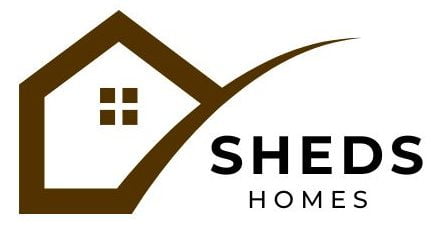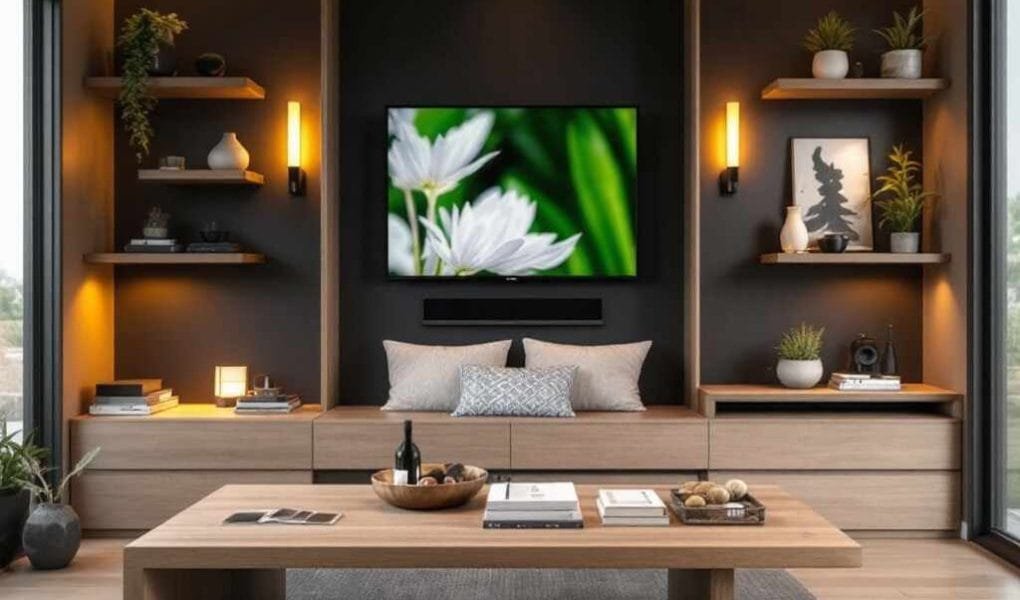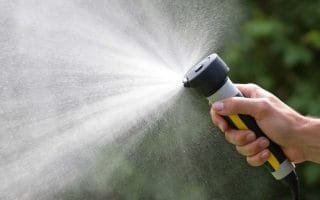Key Takeaways
- Explore sustainable building materials and techniques.
- Understand energy-efficient design principles.
- Consider the benefits of technology integration.
- Learn about government incentives for eco-friendly buildings.
Designing eco-friendly custom homes focuses on sustainability, energy efficiency, and environmental harmony. Key strategies include using renewable materials, incorporating solar panels, efficient insulation, and water-saving systems—passive design principles lower energy use by maximizing natural light and ventilation. Smart home technology optimizes resource management, creating personalized, sustainable living spaces that align with modern environmental priorities.
Understanding Eco-Friendly Building Materials
Building custom homes with an emphasis on sustainability starts with selecting eco-friendly materials. Reclaimed wood, recycled steel, and bamboo are sustainable and offer unique aesthetic appeal. Opting for these materials significantly lowers environmental impact by decreasing the demand for virgin resources and minimizing waste production. They also provide durability, which reduces maintenance costs and extends the home’s life.
Moreover, choosing such materials aligns with the growing consumer demand for sustainable living solutions. Homeowners and builders are thus encouraged to implement innovative approaches to sourcing materials, transforming what was once industrial waste into valuable building components, thereby showcasing creativity and responsibility in home design.
Energy-Efficient Design Principles
Energy efficiency forms the cornerstone of sustainable house design, achieved through strategic design concepts. Custom home builders often incorporate passive solar elements such as south-facing windows, thermal mass, and strategic shading to minimize reliance on artificial heating and cooling. Enhanced insulation in floors, walls, and roofs further ensures a comfortable indoor environment while conserving energy and reducing system demands.
Beyond architectural design, modern heating solutions like geothermal heat pumps can significantly enhance energy efficiency. Geothermal systems employ the earth’s consistent temperatures for heating and cooling, providing significant energy savings and a lessened environmental effect. With these features, homes can sustain energy efficiency even in different climates, showcasing how thoughtful design can blend comfort with sustainability.
Strengthening Homes with Renewable Energy
Incorporating renewable energy solutions into home designs is a proactive approach to sustainability. Solar power, in particular, shines as a practical and increasingly affordable option for homeowners looking to power their homes with clean energy. Solar panels harness the sun’s energy to generate electricity, and technological advancements have made them over 50% more efficient than in the past.
This energy source reduces utility costs and can boost the home’s resale value. According to NBC News, solar-equipped homes frequently appeal to purchasers who appreciate sustainability. Homeowners help lower greenhouse gas emissions and promote a healthier environment by lowering reliance on non-renewable energy sources.
Technology Integration for Smart Homes
Smart home technology revolutionizes sustainable living by making homes more energy-efficient and user-friendly. For example, intelligent lighting controls and thermostats optimize energy use according to homeowners’ preferences and habits. Energy monitors offer insights into real-time energy consumption, helping households become more mindful of their energy usage.
The integration of these technologies is seamless and can yield significant cost savings. With app-based controls, homeowners can manage their energy use remotely, ensuring their home runs efficiently even when they are not around. Smart home solutions represent a synergy of convenience and sustainability, making them essential in eco-friendly home design.
The Role of Water Conservation Techniques
Water conservation is critical to eco-friendly homes, addressing the vital need to preserve water resources. Low-flow faucets and dual-flush toilets significantly reduce water usage without compromising performance. Rainwater harvesting systems offer a sustainable substitute for municipal water sources by collecting and storing agricultural rainfall.
These systems help reduce water bills and support more considerable ecological conservation efforts. By adopting water-saving technologies, homeowners contribute to mitigating the global water shortage crisis, fulfilling a crucial aspect of responsible living in the face of urbanization and climate change.
Leveraging Government Incentives
Numerous governments provide incentives to encourage the use of environmentally friendly construction techniques. These incentives, including tax credits, rebates, or grants, make sustainable building more financially accessible. For example, energy efficiency renovation credits are available in many countries, encouraging homeowners to incorporate green technologies into their builds.
Using these incentives, homeowners can lower the initial costs of sustainable features like solar panels and energy-efficient HVAC systems. This support makes green homebuilding more appealing and encourages wider adoption of sustainable practices among developers and homeowners alike.
Long-term Financial Benefits of Green Homes
The financial advantages of owning a green home extend well beyond reduced utility costs. Sustainable homes often appreciate value more than traditional homes, offering a solid return on investment. Features like energy efficiency and innovative technology provide selling points that attract eco-conscious buyers willing to invest more in a house that aligns with their values.
Moreover, as global initiatives push for lower environmental footprints, green homes will likely become the standard. Current investments in sustainable technologies and practices are thus not only environmentally responsible but also financially savvy, allowing homeowners to reap immediate and long-term benefits.







